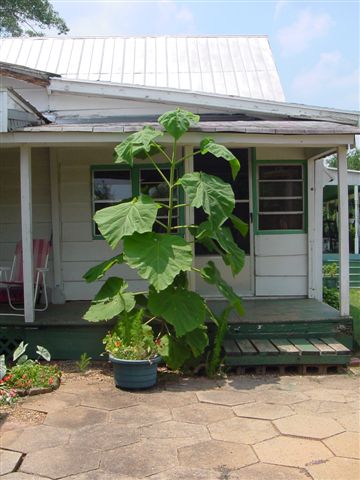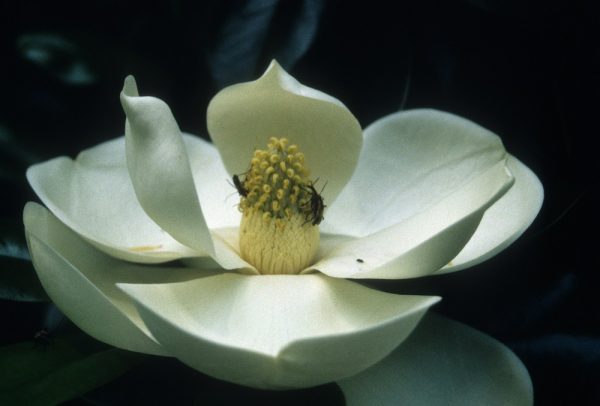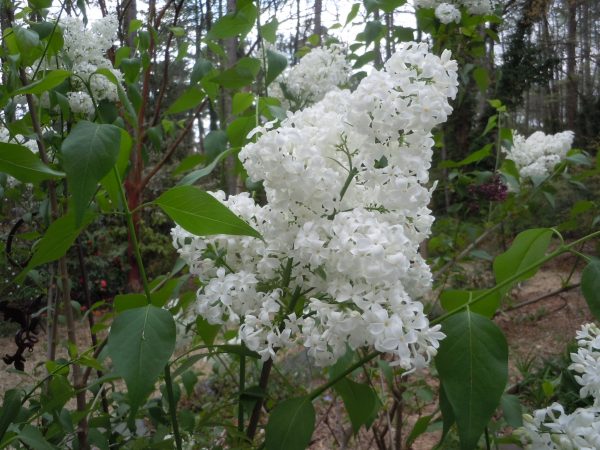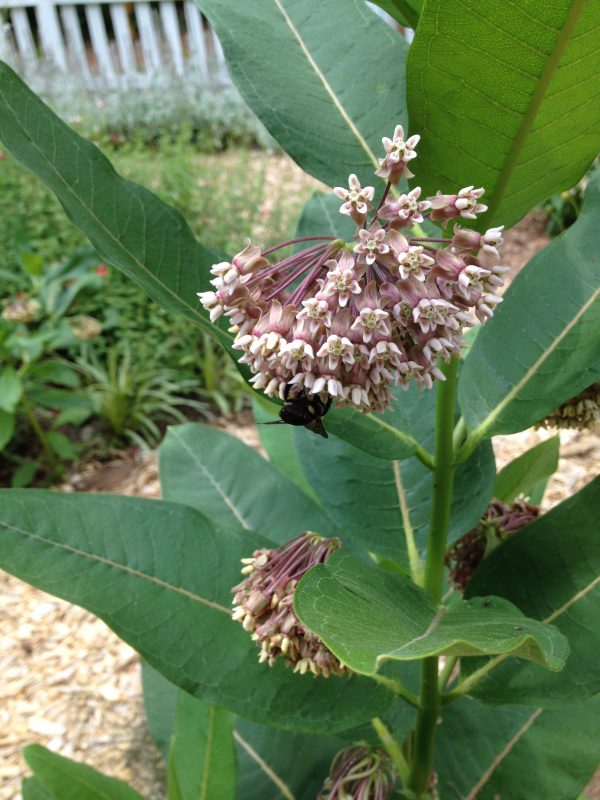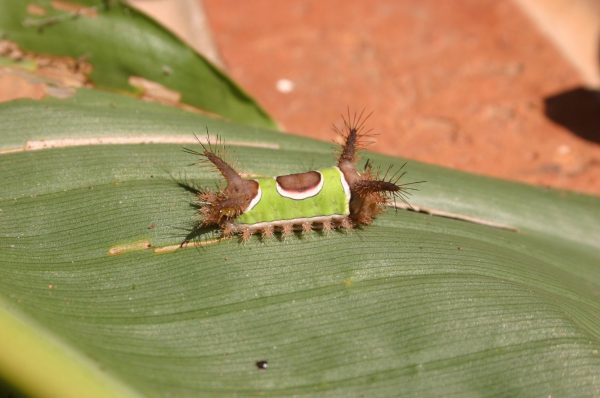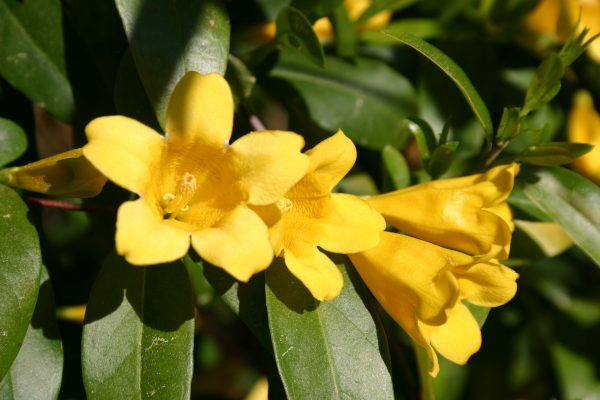Plants for Septic Fields
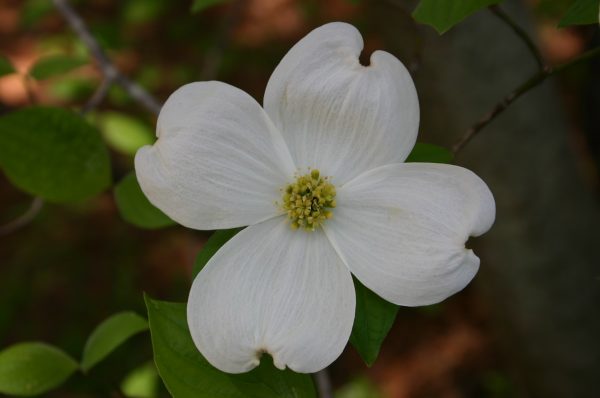
With the tremendous growth Atlanta has experienced comes hundreds of new homes each month. Each home must have provisions for disposing of its waste water. Most homes are connected to a sanitary sewer provided by the municipality in which you live. But if a sewer hookup is not possible, a septic tank is the only other choice.
A septic tank receives waste water from the house and then distributes the water through perforated pipes beneath the soil. The water gradually soaks into the soil. Since it takes place underground, the process is sanitary and effective. The system of pipes leading from the septic tank is called the “leach field” or “drain field”. The pipes are buried at least six inches below the soil.
The leach field is usually covered with grass (your lawn) although the pipes can also run under flower beds. But what if your field is in the front yard where you want to plant shrubs and trees?
Trees and shrubs are risky to plant over or near a drain field. Their roots penetrate more deeply than grasses and flowers. Once their roots find the constant source of moisture and nutrients that a septic pipe affords, the roots will invade the pipe. If the pipe becomes filled with roots, waste water can no longer flow down it. The water may back up into the tank and could even back up into your house! Willow, poplar and pine trees are all known to clog up drain pipes.
The best place to plant a tree is near the end of a line, where it is drier and less attractive to root growth. If you insist on planting a shrub over the drain field, the ones that have fibrous roots, such as holly, boxwood, azalea and rhododendron would not be likely to invade pipes. Even a small tree, such as dogwood or dwarf Japanese maple could be considered. Here are other choices to think about:
NOT RECOMMENDED NEAR DRAIN FIELDS
Beech
Elm
Poplar
Red maple
Silver maple
Willow
Pine Oak
BETTER CHOICES TO PLANT NEAR DRAIN FIELDS
Flowering cherry
Crabapple
Dogwood
Hemlock
Sourwood
Crape myrtle
Black gum
Goldenrain tree
Dec. 15, 1995
Q: We have a septic tank in the back yard. I want to plant some Leyland cypress, for screening, and a dogwood for its flowers nearby. How close to the tank can I plant them?
A: Septic tanks and their pipes are not constructed to keep tree roots out. If you plant a shrub or tree near enough, eventually the roots will plug a line and cause problems. For trees like you are contemplating, plant them no closer than fifteen feet from the tank or to a drain field supply line. If your situation demands that they be closer, you’ll need to dig a deep trench two feet from the tank or lines and install aluminum flashing edgewise into it. Once the flashing is in place, fill the trench with soil. Use sixteen inch wide flashing and let an inch of it show above ground to prevent roots from getting over it.
Sept 2000
Q: My parents have received contradictory advice regarding their trees’ roots and their septic lines. One contractor insists that they must have the trees cut down and another man said that they should trim back the branches and the roots will stop spreading.
A: Well, it all depends on how close the tree is to the septic field. If it is way down at the end of the leach field, there will likely be no problem. That’s the driest end of the field and roots have little temptation to come crawling into the lines. If it is within twenty feet of the beginning of the field, where the lines come out of the tank, I’d remove it. Cutting back the branches won’t necessarily keep the roots short.
If the trees have to go, you can replace them with shallow-rooted, less aggressive plants. Even a dogwood, redbud or flowering crabapple could be considered. Shrubs like anise, Virginia sweetspire, yaupon holly and loropetalum could be planted on the outer edges of the leach field. I wouldn’t worry at all about annual and perennial flowers or bulbs.
An option you might consider is inserting a root barrier between a tree and the septic line. Use a motorized trencher to dig a thin trench eighteen inches deep and insert aluminum flashing on edge into it. The aluminum will prevent roots from encroaching.
MORE INFORMATION



